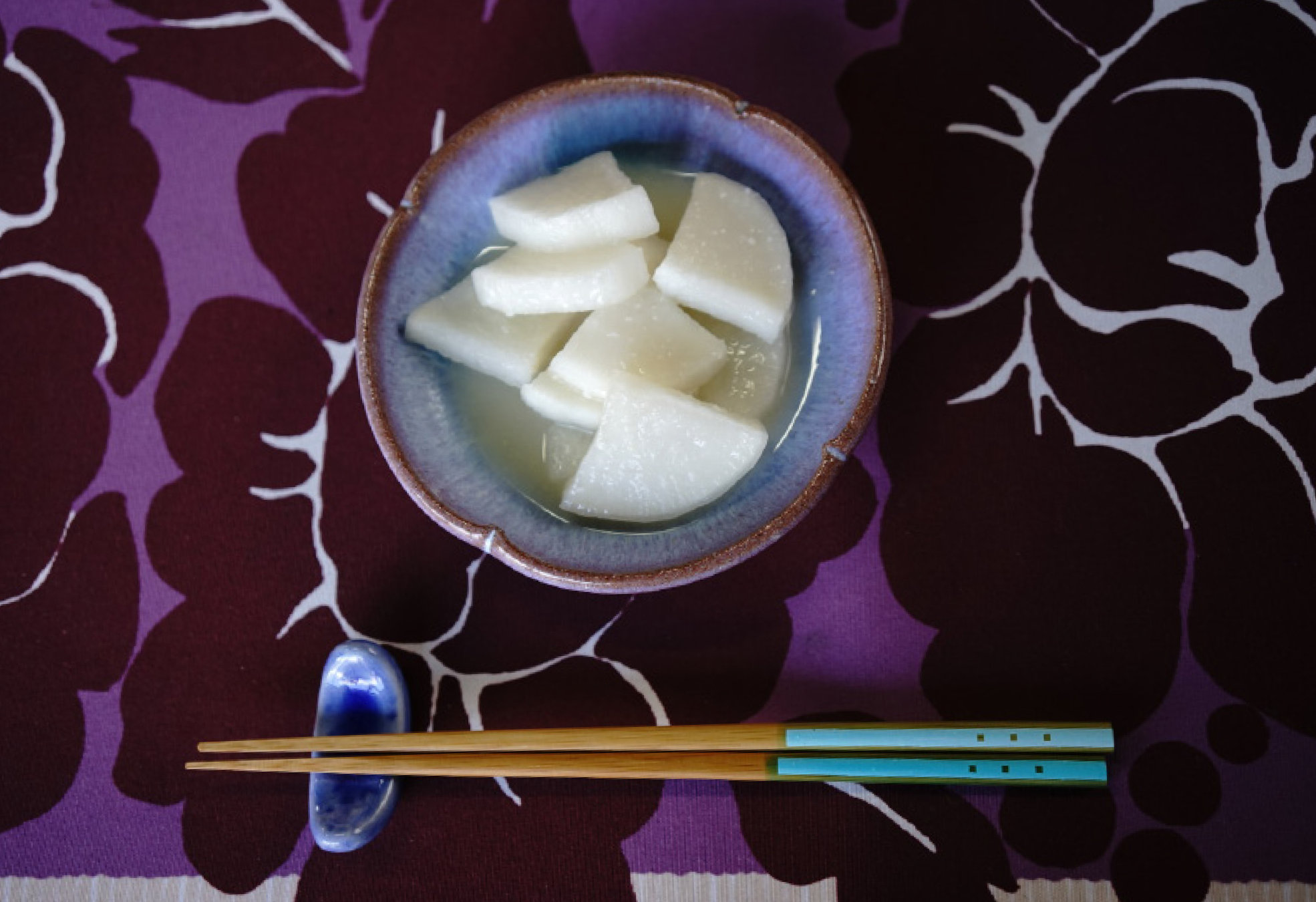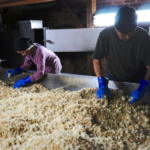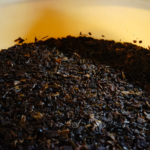【47 Hakko Fukushima】福島の三五八漬け Sagohachizuke 〜麹大国のフェーバリット漬け床〜
麹大国のフェーバリット漬け床
福島の会津若松の郷土名物、塩3:米5:米糀8の割合で混ぜて漬け床をつくり野菜を漬けていく「麹漬け」の代表格。甘味や旨味がたっぷり、ぬか漬けほど手入れが難しくない三五八漬けは、各家庭で日常的に手づくりされ、お茶請けやご飯のおともに重宝されている。米の生産地で土地に財力があり、日光などを通して都市圏にも交易路があった会津若松ならではの贅沢な漬け物だ。石橋糀屋は全国に数多くある麹屋(味噌や甘酒などを手づくりする人向けの麹を製造販売するメーカー)のお手本。商品の全量を麹蓋(底の浅い箱)で麹をつくっている。この麹蓋で小分けにつくると品質のムラのない麹が出来上がる。
Favorite tsukedoko in koji production center
Sagohachi is a local specialty of Aizu Wakamatsu in Fukushima Prefecture that is regarded as one of the most representative koji-featured tsukedoko (bed of bran). As Sagohachi in Japanese stands for “3 5 8”, this tsukedoko is created from salt, koji and rice that are mixed in the ratio of 3:5:8. The vegetables picked in this tsukedoko become rich in sweetness and umami, and perhaps more importantly, the maintenance is not as difficult as that of nukazuke, making this tsukedono a highly popular source of homemade pickles serve commonly as a side dish for a bowl of steamed rice or ochazuke (rice with green tea). In the olden days, Sagohachi was considered a premium type of pickles unique to Aizu Wakamatsu, which was a town that flourished in the rice production center as a transit point in the trading route leading to the urban areas like Edo through the local resort town of Nikko and other populated areas. Ishibashi Koji-ya is a traditional koji production house that serves as the model for many koji stores (that manufacture and sell koji to those who use koji to make their own miso and sweet sake) to this day. Their products are made from koji incubated in koji-buta (shallow-bottom boxes) in small batches to achieve its consistent quality.
どう作って食べるか / HOW TO MAKE & EAT
❶塩3:米5:米糀8の割合で漬け床をつくる。
❷麹の酵素により漬け床がドロドロに溶けていく。
❸食材を❶の床に漬け、1〜3日ほど漬け込む。 ★ 食材を漬けると水分が出てビショビショになるので床を変える。
❶Create a tsukedoko by mixing salt, rice and koji in the ratio of 3:5:8.
❷Through the action of enzymes in koji, the tsukedoko will dissolve and become slushy.
❸Pickle the raw food (vegetables, etc.) in this tsukedoko (See ❶ above) and let it ferment for 1 to 3 days
★As the vegetables become fermented, they begin to sweat. Renew the tsukedoko when it becomes watery.
香の物に
酒の肴に
As an appetizer for sake or other alcoholic drinks
▶食べられている地域 / Regions where it is eaten
福島県はじめ東北・北陸
Fukushima Prefecture and other prefectures in Tohoku and Hokuriku regions
▶微生物の種類 / Types of microorganisms
麹菌、乳酸菌類など
Koji-kin (Aspergillus oryzae), lactic acid bacteria, etc..


